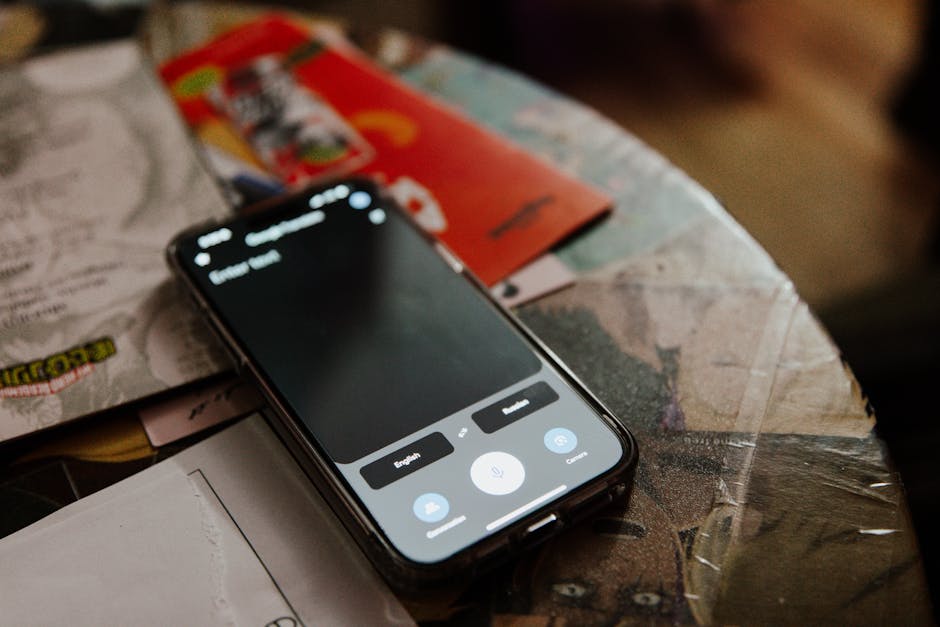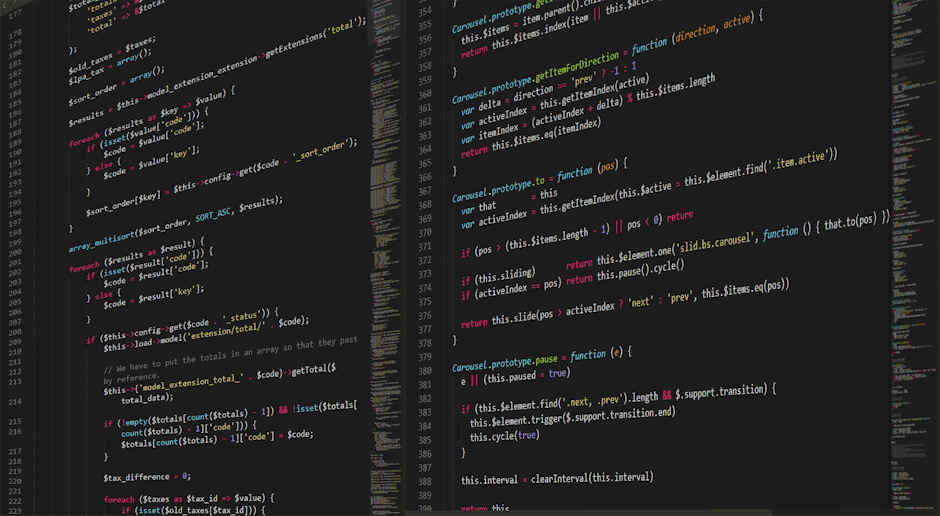
So, you’re thinking about making an app, huh? In 2025, that’s still a pretty big deal, you know. Seems like everyone these days has an idea for something that could be put on a phone or tablet. Getting that little icon onto someone’s screen, well, it’s a process, one that generally takes a fair bit of thinking and a good amount of work to get right. It’s not just snapping your fingers and suddenly there’s a new thing ready for people to download, not at all. There are steps, and some of them are pretty messy, honestly. We’re going to talk a bit about how you might go about building one of these digital gizmos.
It often seems like a complicated thing, this whole app building business, and it is, to an extent. But it is also something that can be broken down into parts, making it a bit more manageable for people who are, let’s just say, not super familiar with all the bits and pieces involved. This whole journey of creating something from nothing, or near nothing anyway, can be quite a ride, with its ups and downs and moments where you think, “what am I even doing here?”. But it is generally worth it in the end.
This guide, it’s going to sort of walk you through the big ideas, the main stages you would normally go through. It isn’t going to teach you how to write all the computer code, because that would take forever, but it will give you a sort of map. A general idea of what to expect, what kinds of decisions you will probably need to make, and where things could, you know, get a bit tricky. Making sure you have a plan is typically a really good start, after all.
Getting Your App Idea Straight, and What You Want It To Do
Before anything else, you just have to have an idea, right? A notion of what this app thing will actually be for. Is it for helping people find good coffee spots, or maybe a simple game to pass the time? Figuring out what your app is supposed to accomplish, for whom, and what problem it might try to fix, is considered to be the absolute first step. This part, honestly, is where many folks stumble a bit.
You need to write down what your app will do. Not just a vague sense, but actual features. Like, “users can create a profile,” or “the app shows a map,” that sort of detail. Thinking about the people who will use it is also a big part. Who are they? What do they already like? What kind of phones do they even use? All these questions, they really matter a great deal.
It’s often a good idea to sort of sketch out how the app will look, too. Not like a fancy drawing, but just boxes on paper, showing what screens there will be and how you move between them. This helps everyone, even if they’re not super techy, get a good idea of the user flow. It’s like drawing a map before you go on a trip; it just makes everything clearer for all involved.
Sometimes, people skip this part, thinking they can just, you know, “figure it out as they go.” But typically, that leads to a lot of wasted time and money later on, which is not fun for anyone. A clear plan at the beginning, even if it feels a little boring, can save a whole lot of headaches down the road. It is just common sense, some would say.
Picking the Right Tools and Ways to Build Your App
Once you know what you want your app to do, the next big question usually pops up: how are you going to build it? There are, typically, a few main paths you can take. You can build it specifically for iPhones (that’s called iOS development) or specifically for Android phones. Or, you could try to build one version that works on both, which is often a really attractive option for many.
Building separate versions, native apps as they are called, generally means you get the very best performance and looks for each type of phone. The buttons, the way things slide around, it all feels super smooth. But, you know, it also means you’re essentially building two apps, which can cost more time and money. That is a pretty big consideration for most people and their budgets.
Then there’s the other way, using what they call cross-platform frameworks. Tools like React Native or Flutter let you write the computer code once, and it generally works on both iPhone and Android. This saves a lot of time and usually makes things more affordable, which is a big plus. The downside sometimes is that the app might not feel quite as perfectly tuned to each device. It’s a bit of a trade-off, really, between speed and native perfection.
Deciding which route to go down is a really important choice, and it depends a lot on your budget, your timeline, and how perfectly you need the app to feel on each phone. It’s something you should really think about carefully, maybe even talk to people who make apps for a living. They often have a lot of good ideas about what path makes the most sense for different projects. Sometimes, getting professional help in this part can make a huge difference, particularly from places like for Mobile app development Houston, where they understand the different ways to approach a project.
Bringing Your App to Life: The Actual Construction Bits
Okay, so you’ve got your idea all mapped out, you know which way you’re going to build it. Now comes the part where people actually start making it. This involves a lot of different skills coming together. There’s the design side, making sure it looks good and is easy to use, and then there’s the coding side, which is where the computer instructions are written. It’s a lot of little pieces getting put together.
The design folks, they’ll generally take your sketches and turn them into super detailed pictures of what every single screen will look like. They’ll pick the colors, the fonts, decide where buttons go. This is sometimes called UI/UX design, which just means making sure it’s user-friendly and looks nice. A good design really helps people like using your app; a bad one can really put them off.
Then the programmers come in. They take those designs and the list of features and start writing the code. This is the stuff that makes the app actually do things. If your app needs to talk to the internet, like to save information or get updates, they’ll also build the “backend” part. That’s the server stuff that runs somewhere else and sends data to your phone app.
It’s often an iterative process, meaning they build a bit, then you look at it, give feedback, and they adjust it. It’s not just a one-and-done kind of thing. There’s a lot of going back and forth, making sure everyone is on the same page and that the app is turning out the way you pictured it. This sort of collaboration is really pretty typical for building anything, you know, complicated.
Making Sure It Actually Works Right Before People Use It
So, you’ve got something that looks like an app, and it mostly seems to do what it’s supposed to. Great! But before you let everyone download it, you really, really need to check that it works properly. This is the testing phase, and it’s arguably just as important as all the building that came before it. You don’t want people finding all the problems instead of you.
Testers will typically try to break the app in every way possible. They’ll tap buttons in the wrong order, try to type in silly things, see what happens if the internet goes out. Their job is to find all the little glitches, the things that crash the app, or just don’t work as expected. They write down all these problems, and then the programmers go back and fix them.
It is often a back-and-forth thing, with testers finding problems, developers fixing them, and then testers checking those fixes. This continues until everyone feels pretty confident that the app is stable and does what it’s supposed to do, consistently. Sometimes, even normal users, people who are not involved in the making of it, might be asked to try it out. This is called beta testing.
You really don’t want to skip this step, because a buggy app, one that crashes or has things that don’t work, will get bad reviews super fast. And once an app gets a reputation for being unstable, it’s really hard to change people’s minds. So, putting in the time and effort here is, you know, a really good investment for the future of your app, it really is.
What Happens After Your App Is Out There, and Keeping It Going
Alright, the app is built, it’s been tested, and you’ve submitted it to the app stores. Congratulations! That’s a huge accomplishment. But it’s generally not the end of the story. Once your app is out there, available for people to download, there’s still more to do. This part is all about maintenance and making sure your app stays relevant and functional for all its users.
First, you’ll probably want to watch how people are using your app. Are they downloading it a lot? Are they sticking around or deleting it after a day? What features do they use most? All this information, often called analytics, can help you understand what’s working well and what might need some changes or improvements in future updates. It’s a bit like watching a garden grow.
You’ll also need to regularly update your app. Why? Well, phones get new operating system versions all the time, and sometimes those changes can break older apps if they’re not updated. Plus, you’ll probably think of new features you want to add or problems you want to fix that people have reported. Regularly putting out updates keeps your app fresh and working well.
So, while the main building phase might be over, the journey of your app is typically just beginning. Keeping it going, improving it, and making sure it keeps up with the times, that’s all part of the long-term commitment. It is a bit like having a pet, you know, it requires ongoing care and attention if you want it to thrive and be a good companion for people.
FAQ: How to Develop Mobile Apps
Q1: How much money does it typically cost to make an app?
A1: Oh, that’s a bit of a “how long is a piece of string” kind of question, honestly. It can really, truly vary a lot. A super simple app might be in the tens of thousands of dollars, but something very complicated, with lots of features and a backend, could easily run into hundreds of thousands, sometimes more. It all depends on what you want it to do and how fancy it needs to be, also where you get the work done.
Q2: How long does it usually take to build a mobile app?
A2: Again, it really depends on what you’re trying to build. A basic app might take three to six months to get through all the steps, from planning to launch. More involved projects, ones with lots of different parts or new things being tried, can easily stretch to a year or even longer. It’s generally a process that requires patience, you know.
Q3: Can someone with no coding experience actually make an app?
A3: Well, you probably won’t be writing the code yourself, not unless you learn it, which takes a fair bit of time. But you can absolutely manage the project! There are tools, like no-code or low-code platforms, that let you drag and drop to build simpler apps. For anything more complicated, you would typically hire people who do know how to code, like a development team or freelancers.
Q4: Should I build an app for iOS (Apple) or Android first?
A4: That’s a good question, and a common one. It often depends on who your target users are. If most of your expected users have iPhones, start there. If it’s a more general audience or in regions where Android is dominant, then Android might be a better first choice. Or, you could just go for a cross-platform approach from the start, which normally covers both.
Q5: What’s the most important thing to remember when developing an app?
A5: I think it is often said that keeping your users in mind is paramount. Design for them, test with them, listen to their feedback. An app that people actually want to use, and find useful, is far more important than one that just looks pretty or has a lot of fancy unused features. Making sure it serves its purpose for the people who will actually download it is the big deal, in the end.






